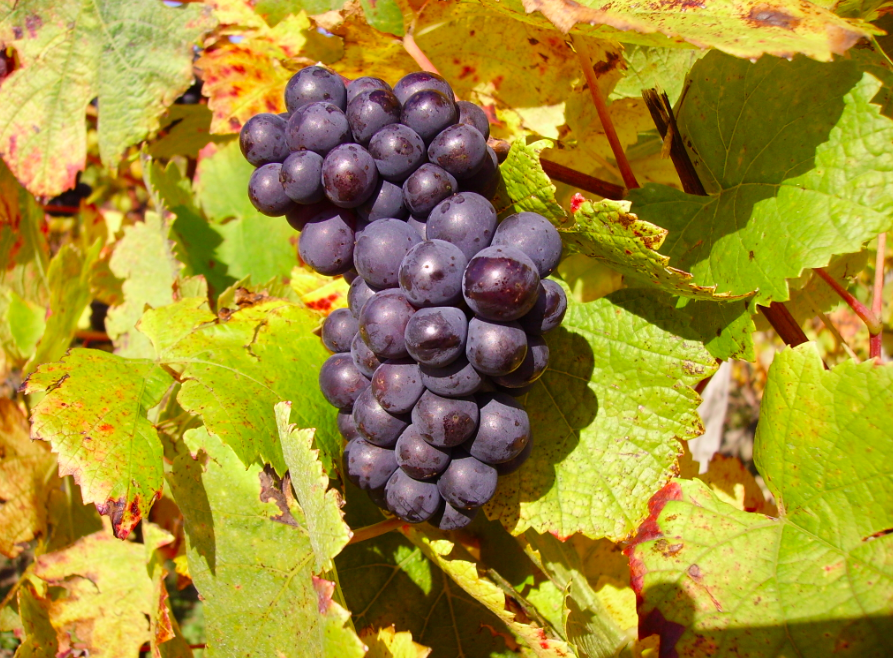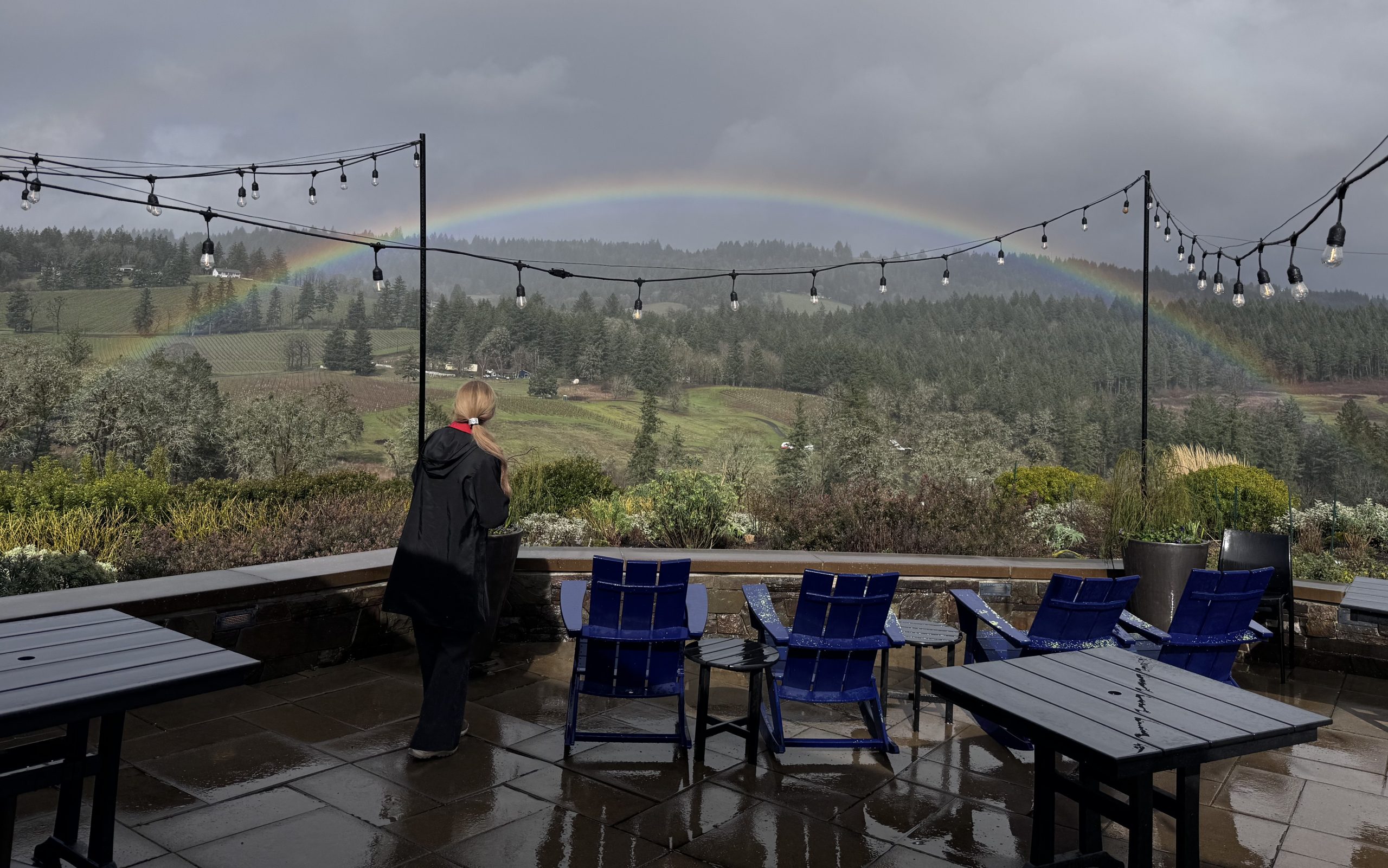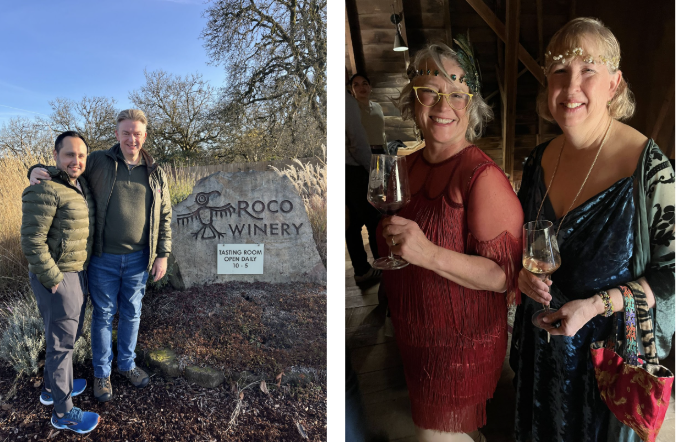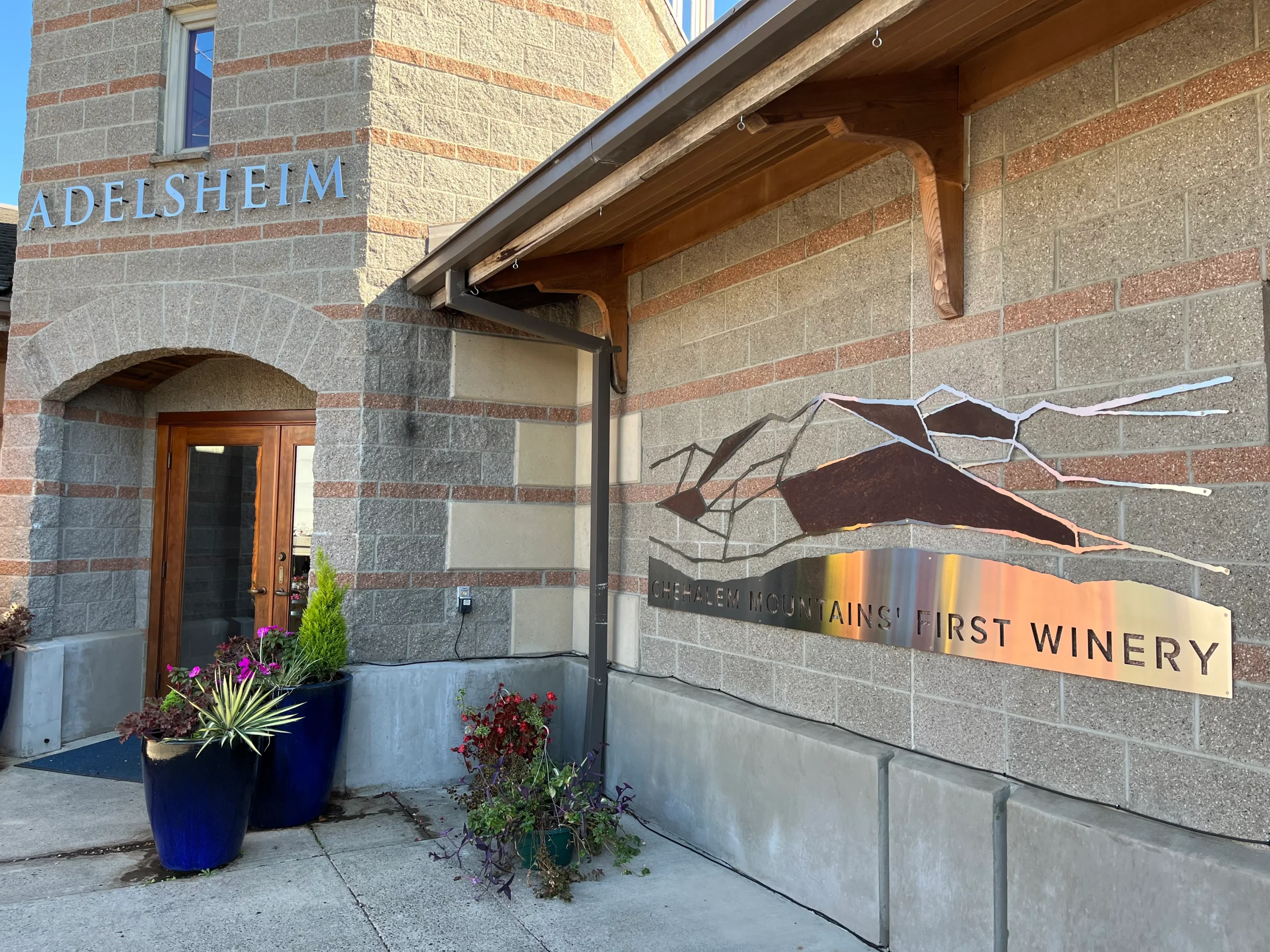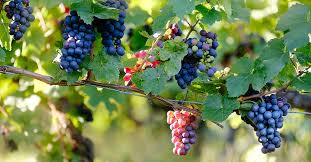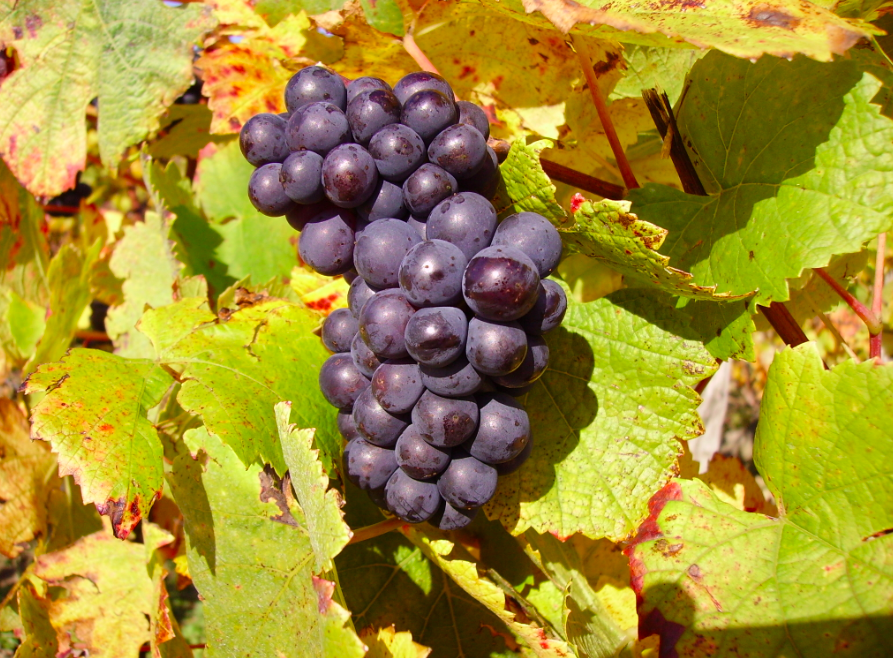 If you’ve ever visited the Willamette Valley for a wine tastingone thing becomes apparent: Pinot Noir, the king of Oregon grapes, dominates the wine offerings here in the valley. Why? First, a little history and geography lesson. Don’t worry, the modern day Oregon wine industry only goes back to the 1960’s so it won’t be ancient history. It began when three winemakers, David Lett, Charles Coury and Dick Erath, all graduates of UC Davis, decided to take advantage of the similar terroir between Willamette Valley and Burgundy, France where Pinot Noir is also the premier grape.
If you’ve ever visited the Willamette Valley for a wine tastingone thing becomes apparent: Pinot Noir, the king of Oregon grapes, dominates the wine offerings here in the valley. Why? First, a little history and geography lesson. Don’t worry, the modern day Oregon wine industry only goes back to the 1960’s so it won’t be ancient history. It began when three winemakers, David Lett, Charles Coury and Dick Erath, all graduates of UC Davis, decided to take advantage of the similar terroir between Willamette Valley and Burgundy, France where Pinot Noir is also the premier grape.
Terroir? A French term for all the characteristics of a place/region that defines it and the grapes that come from there: climate, latitude, elevation, soil type of a vineyard, etc.
These three farmers/winemakers went on to found the most iconic wineries in OR:
David Lett: Eyrie Winery
Charles Coury: Coury Winery now David Hill Winery
Dick Erath: Erath Winery
They agreed that Pinot Noir was the chosen grape to express the terroir of the Valley and best suited to the cool, wet climate here which sets it apart from the hotter, drier climate of Napa and the Sonoma region in California. The legend goes that David Lett (aka Papa Pinot) brought 3000 cuttings from Burgundy to Oregon in 1965 and started the industry that thrives today as the 4th largest wine producing state in the US. 70% of the vineyard acreage planted in Willamette Valley is Pinot Noir, followed by Pinot Gris (15%) and Chardonnay (7%). 1
The wines of the Willamette Valley came to worldwide recognition in 1979 when Erath’s 1975 South Block Pinot Noir placed in the top 10 of the Gault-Milleu French Wine Olympiades and top Pinot Noir in a blind tasting, upsetting the French wines which had dominated in years past.
Further confirmation came when Maison Joseph Drouhin of Burgundy, France fame, purchased land in Willamette Valley and established an Oregon outpost named Domaine Drouhin in 1988.
Many other wineries followed: Adelsheim, Argyle, Sokol-Blosser, Ponzi, Knudsen, Amity, Tualatin Estates, to name a few. Now, over 700 wineries call Willamette Valley home.2 The state boasts over 1000 wineries when adding in Southern Oregon’s Umpqua and Rogue Valleys, the Columbia Valley straddling the Columbia River’s Oregon and Washington border; and the Snake River Valley on Oregon’s eastern border with Idaho.

